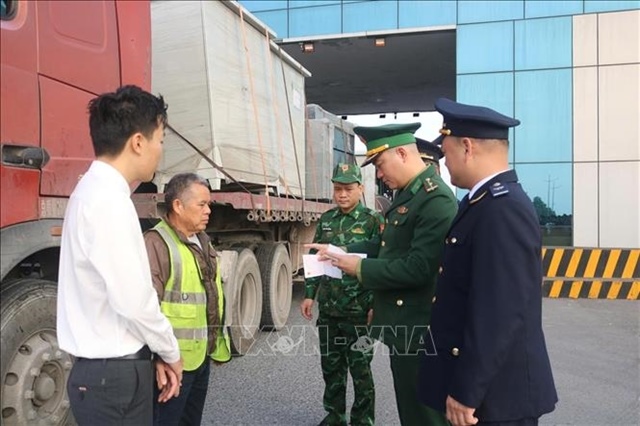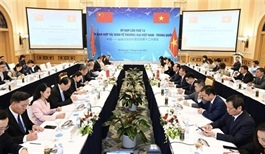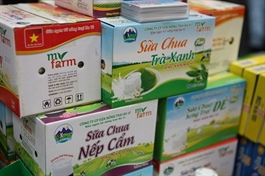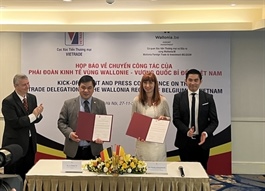Vietnamese export goods face increasing trade defence measures in CPTPP markets
Vietnamese export goods face increasing trade defence measures in CPTPP markets
The Comprehensive and Progressive Agreement for Trans-Pacific Partnership (CPTPP) has brought competitive advantages to Vietnamese export products, but these goods have also faced the imposition of trade defence measures in CPTPP markets, according to experts.

In 2021, Việt Nam's exports to the four CPTPP countries in the Americas reached more than US$12 billion. — Photo haiquanonline.com.vn |
Việt Nam's exports to CPTPP member markets in the Americas have grown strongly since the CPTPP came into effect in 2018. Bùi Tuấn Hoan, head of the Americas Division, Department of Europe - America Market, Ministry of Industry and Trade, said at a seminar on reducing trade defence risks when increasing exports to the CPTPP market held by the Công Thương (Industry and Trade) Magazine early this week.
There are four American countries participating in the CPTPP, including Canada, Mexico, Peru, and Chile. Of these, excluding Chile, which has a bilateral free trade agreement (FTA) with Việt Nam, Canada, Mexico, and Peru are three markets that have an FTA with Việt Nam for the first time within the framework of the CPTPP, so the tariff incentives in the CPTPP have enabled Việt Nam to achieve impressive growth in export value to these markets.
In 2021, Việt Nam's exports to the four CPTPP countries in the Americas reached more than US$12 billion, including $5.3 billion from exports to Canada, 75 per cent higher than before having the agreement. Meanwhile, the export value to Mexico rose by 105 per cent to $4.6 billion compared to that before having the CPTPP.
Exports also surged by 85 per cent to $560 million to Peru and 63 per cent to $1.7 billion to Chile.
However, Phùng Gia Đức, deputy head of the Trade Remedies Authority of Việt Nam addressing foreign trade defence processing, said that many CPTPP member countries are investigating trade defence cases involving Vietnamese products. Statistics show that Australia has initiated 18 cases so far, and Canada and Malaysia over 10 cases.
The most vulnerable and likely-to-be-investigated products are those with rapid and strong growth, he continued, adding that the principle to initiate such a lawsuit is an increase in imports.
Vũ Văn Phụ, vice chairperson and general secretary of the Việt Nam Aluminium Association, said that as trade defence measures in the world and in Việt Nam are increasing, aluminium enterprises have begun to pay attention and change their perception of related risks.
In addition to taking the tariff incentives of FTAs, businesses in the aluminium industry need to study carefully the export markets, including trade defence measures. At the same time, to reduce the risk of imposing trade defence measures in the export markets, they should build a strategy on diversifying export markets and products.
They need support in connecting supply and demand, expanding markets, and avoiding dependence on a single market when facing trade defence investigations, Phú said.
Đức held that such cases will grow rapidly in the time to come. Therefore, businesses must regularly update changes in foreign laws. The Ministry of Industry and Trade will frequently organise dialogues on the issue with foreign investigation agencies.
The Vietnamese Government will protect Vietnamese enterprises but will also resolutely guard against businesses evading trade defence measures through illegal imports or origin evasion, he affirmed.
Meanwhile, Vietnamese manufacturing and exporting enterprises need preparation and guidance to respond appropriately in case of being investigated by member countries of the Agreement or having trade remedies applied.
In addition, the authorities need to increase information dissemination and early warning of risks to help businesses avoid the risks of investigation or minimise the impact of being investigated for trade remedies. Thereby, export growth is more sustainable, taking advantage of opportunities from the CPTPP Agreement in the new context.



























